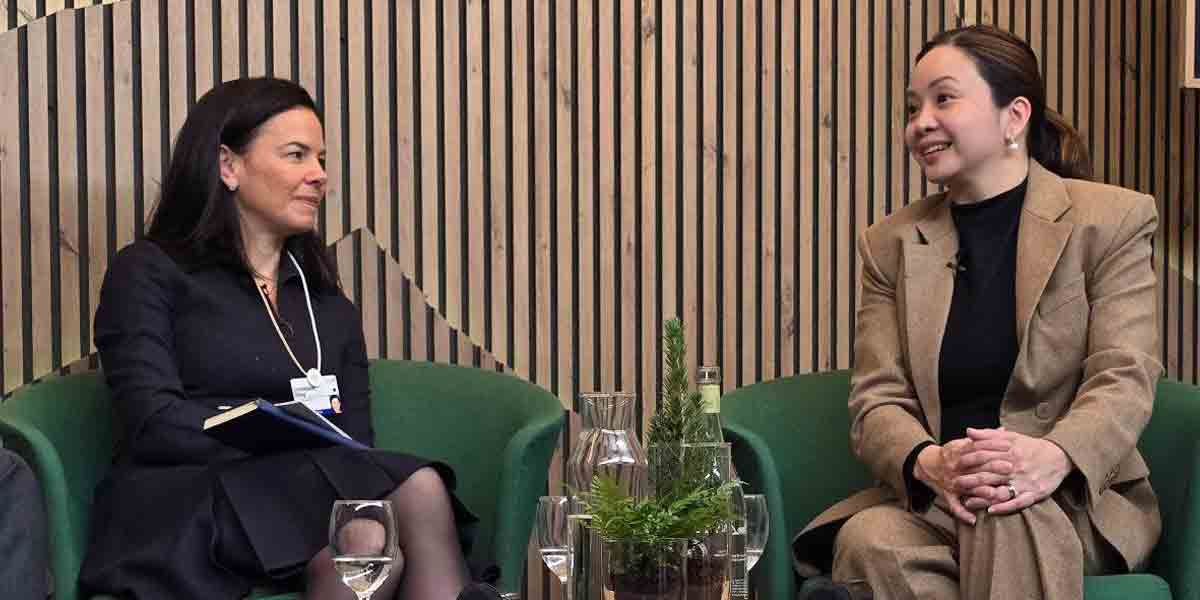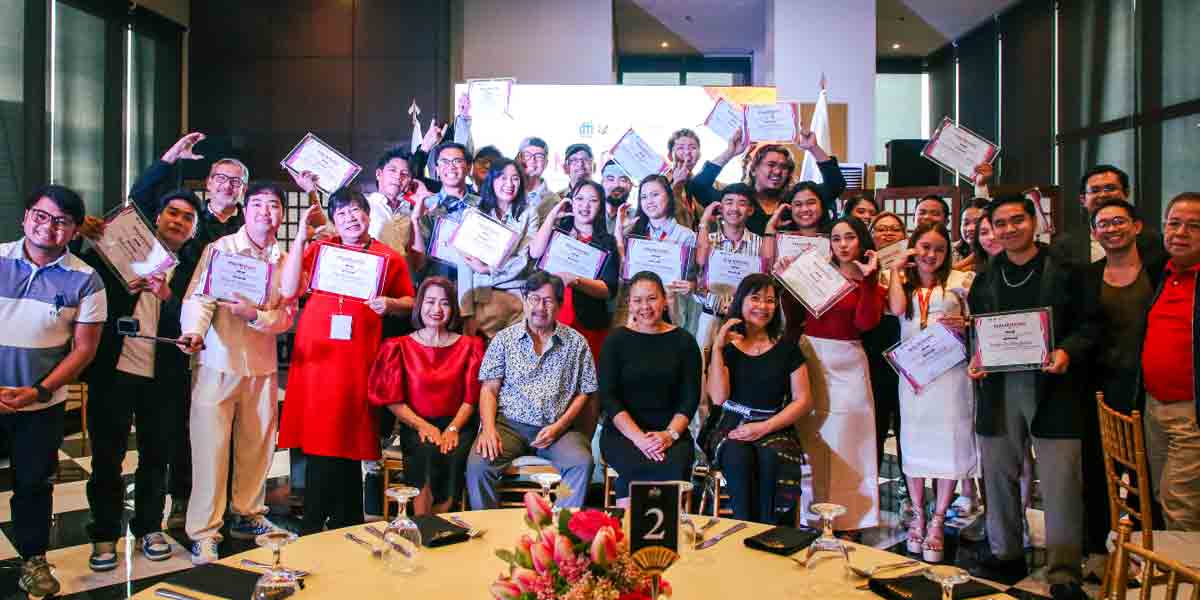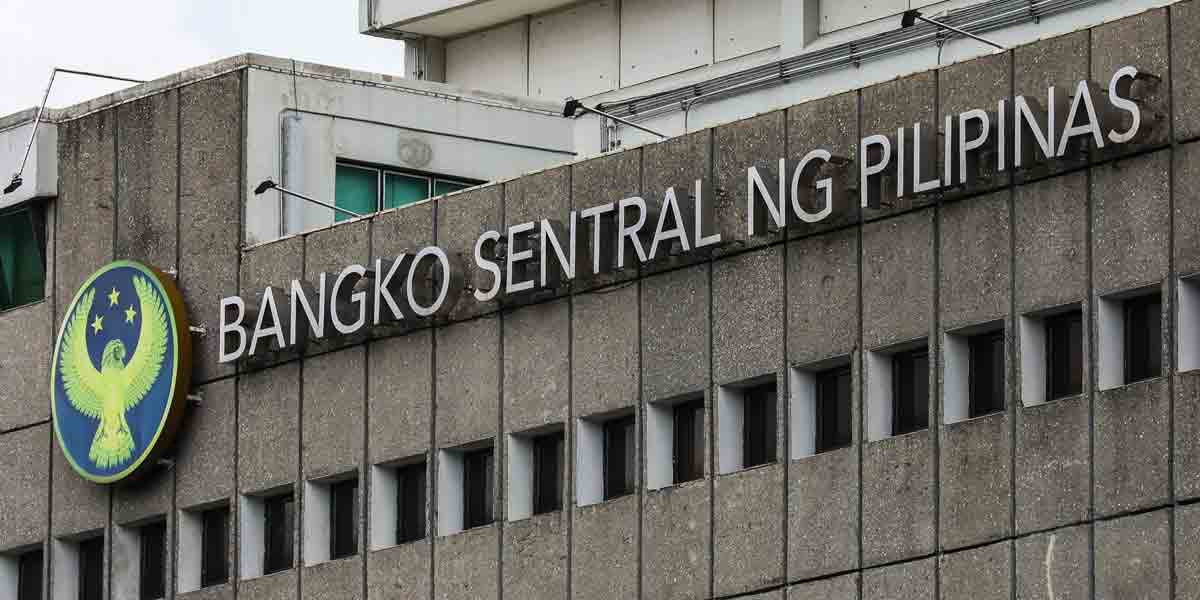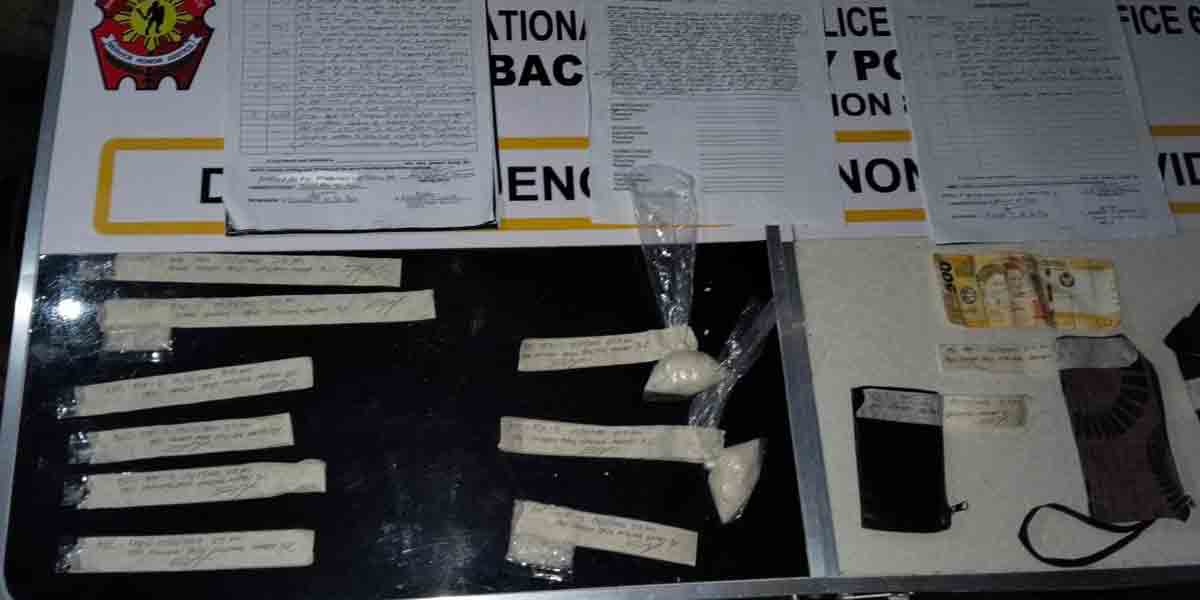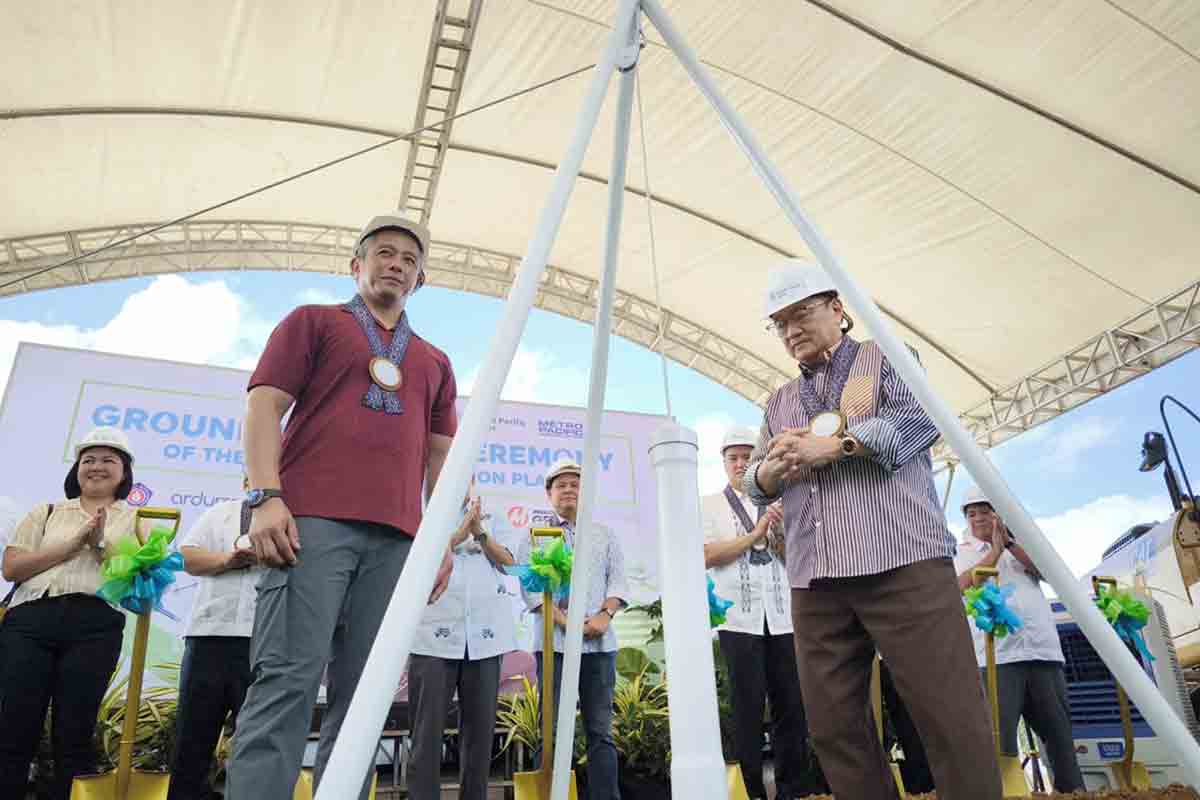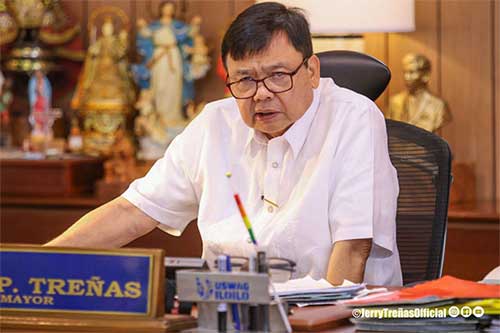By Michael Henry Yusingco, LL.M
Whether we like it or not, the Charter Change or Cha-Cha televised debates have shown us that in many instances, our constitution is indeed the problem and amending it is the only solution.
Pertinently, we have also learned from these public discussions that there are actually only two plausible modes of reforming our constitution, namely via Constituent Assembly (Con-Ass) or Constitutional Convention (Con-Con). (See Article XVII, Section 1) Unfortunately, lost in all of those hearings and consultations is the fact that the choice between the two modes will ultimately depend on the type of reform contemplated.
Simply put, if the plan merely covers a specific provision or a small set of prescriptions, then a Con-Ass would be appropriate. On the other hand, if the intent is to overhaul the constitution, or even replace it altogether, then a Con-Con would be absolutely essential.
It is worth mentioning at this point that the 1987 Constitution has made a distinction between the kind of reform that can be pursued, namely, amendment or revision. (See Article XVII, Section 1)
According to the Supreme Court in the case of Lambino vs. Comelec, “Revision broadly implies a change that alters a basic principle in the constitution, like altering the principle of separation of powers or the system of checks-and-balances. There is also revision if the change alters the substantial entirety of the constitution, as when the change affects substantial provisions of the constitution. On the other hand, amendment broadly refers to a change that adds, reduces, or deletes without altering the basic principle involved.”
Correspondingly, the Con-Ass mode would be more appropriate when pursuing an amendment, for instance, inserting the words “as may be provided by law” in certain economic provisions of the charter. Whereas, the Con-Con route must necessarily be the choice if revision is the intended reform, such as shifting to a federal system or switching to a parliamentary form of government.
It is important to point out however, that whether the reform is pursued through Con-Ass or Con-Con, we must not forget that these bodies are only offering proposals. Their work is essentially to present recommendations for voters to consider. Their proposals only become binding after we signify our approval or more specifically, when they are “ratified by a majority of the votes cast in a plebiscite.” (See Article XVII, Section 4)
Hence, we must exhaust all means to understand the true extent of this effort and its huge implications for our country. Promoters of Cha-Cha have always promised that this is the magic pill that will cure all our political ills and that this is the silver bullet that will slay all our economic woes. Perhaps this will be the case, but the fact remains that we cannot proceed simply following the dictates of our political elites.
We must bear in mind that the decision to amend or change the 1987 Constitution should be anchored on the confluence of two briefs. First, a determination of defective provisions, which must necessarily also include a discussion on their adverse impact on politics and governance in the country. Second, a coherent explanation of the proposed amendment or change and how they can lead to an improvement from the untenable status quo.
In this regard, it is crucial that the constitutional reform process must not be overwhelmed by textbook debates between unitary-vs-federal or presidential-vs-parliamentary. It should not be drowned out by arguments of “what is good for the country” which are solely based on academic literature. These matters play a part in the whole exercise, but they should not be the main feature as we often see in congressional hearings these days.
Apart from engaging in meaningful public deliberations, amending or revising the constitution requires deep and far-reaching discernment from all of us. This means we have to study the text of the 1987 Constitution and reflect on how it has been applied in the past 36 years. This is not an easy task, but we have to do it otherwise the constitutional reform process can be hijacked by predatory politicians pretending to be acting for the common good.
Ultimately, we should be answering the two questions asked of resource persons in congressional hearings:
“1. Is there a need to amend or revise the Constitution? Why or why not?
- If so, what parts of the Constitution should be amended or revised? Why?”
And to make this constitutional review process truly robust, we should discuss our answers with family and friends, in our school organizations, in our work and even in our place of worship. We should also be making our views and insights known through social media. Put it all out there in the ether, as they say.
In sum, it is vital for Filipinos to look at the current charter reform initiative through the lens of Apolinario Mabini, considered by many legal scholars as the first Filipino constitutionalist.
Like Mabini, we should also be profoundly wary of elite-driven political movements. Indeed, we should internalize his words in The Philippine Revolution, “Any agitation promoted by a particular class for the benefit of its special interests does not deserve the name (of political revolution or evolution).”
Heeding Mabini’s caveat, constitutional reform, whether via Con-Ass or Con-Con, must not be dominated by political elites. The discussions and deliberations cannot be monopolized by politicians and be confined within the halls of congress. We must insist on being engaged in this undertaking every step of the way.
This means of course, that we have to do the hard yards as well. But the great thing is, we can do the work together, bayanihan-style.






